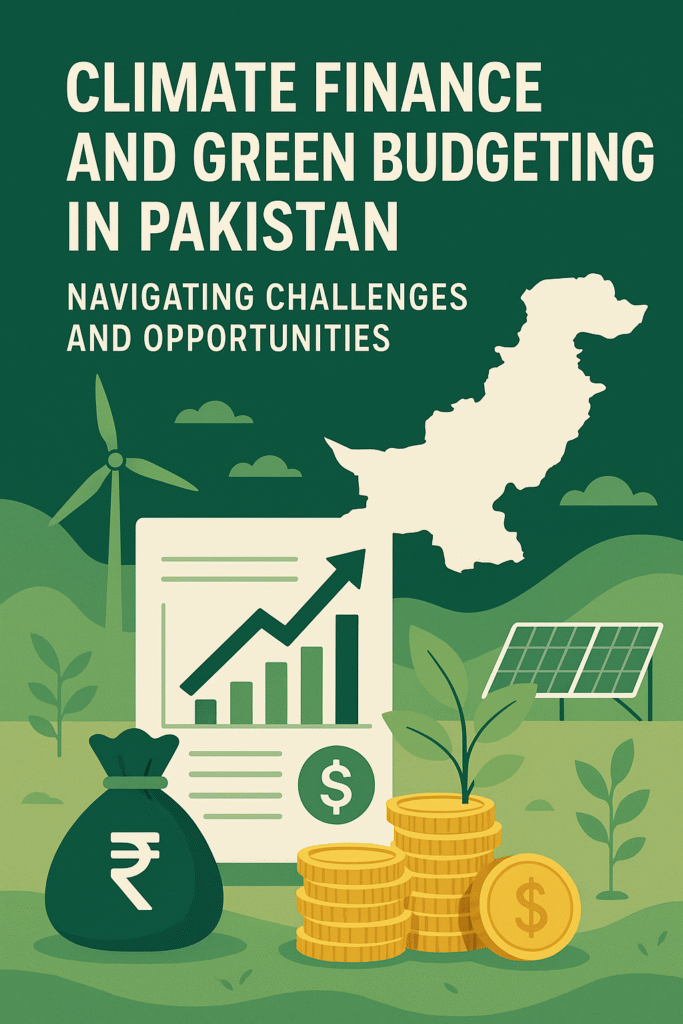
Pakistan stands at a critical juncture where integrating environmental considerations into fiscal policies is not just desirable but essential. The increasing frequency of climate-induced disasters, such as the devastating floods of 2022, has underscored the urgency for robust climate finance mechanisms and green budgeting practices.
In recent years, Pakistan has made notable strides in this direction. The government’s commitment to climate resilience is evident in its engagement with international financial institutions. For instance, discussions with the International Monetary Fund (IMF) have centered around securing $1.5 billion under the Resilience and Sustainability Facility to support climate-related initiatives. These talks have also explored the introduction of a carbon levy in the fiscal year 2025-26, aiming to generate revenue while promoting environmental sustainability.
At the institutional level, the State Bank of Pakistan (SBP) has been proactive in promoting green finance. The development of a National Green Taxonomy, in collaboration with the Ministry of Climate Change and technical assistance from the World Bank, provides a framework for classifying economic activities based on their environmental impact. This taxonomy aims to guide financial institutions and investors towards sustainable investments, aligning with Pakistan’s climate goals.
Provincial governments have also initiated programs to address climate challenges. In Punjab, the administration has launched the “Green Agri Mall and Service Company” in the Cholistan Desert as part of the Green Pakistan Initiative. This project aims to transform uncultivated lands into productive agricultural fields, enhancing food security and promoting sustainable farming practices.
Similarly, Khyber Pakhtunkhwa has embarked on the “Billion Tree Plus” project to increase forest cover and combat deforestation. While the initiative has faced criticism over concerns of ecological impact, it reflects the province’s commitment to environmental conservation.
Despite these efforts, challenges persist. Pakistan’s share of global climate finance remains modest, with only $304 million received from the Green Climate Fund for ten projects. This is significantly lower compared to neighboring countries like Bangladesh and India, which have secured higher funding due to stronger policy frameworks and institutional mechanisms.
To bridge this gap, Pakistan must enhance its capacity to formulate competitive funding proposals and strengthen policy coherence. Engaging the private sector is also crucial, as public funds alone are insufficient to meet the estimated $348 billion required for climate response efforts by 2030.
